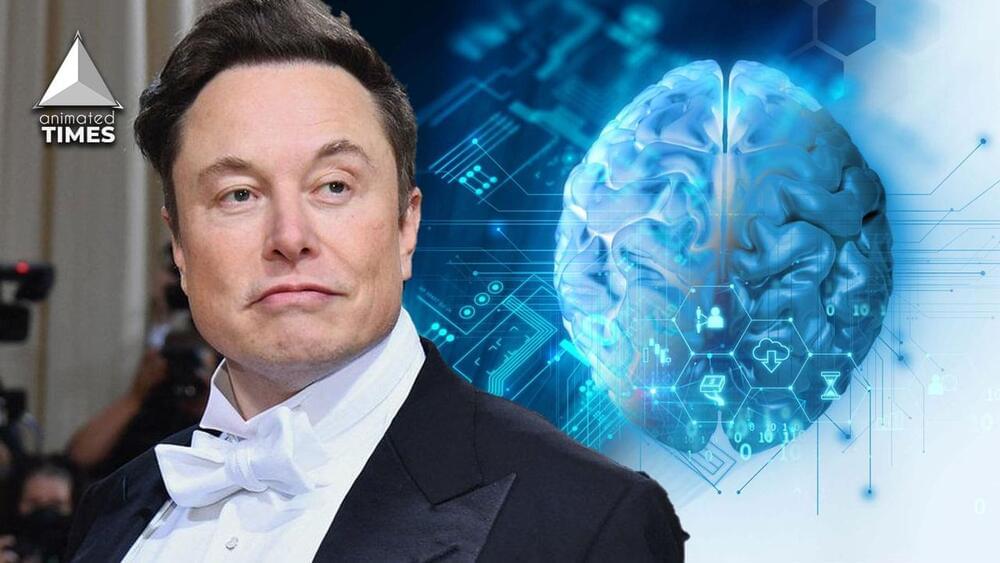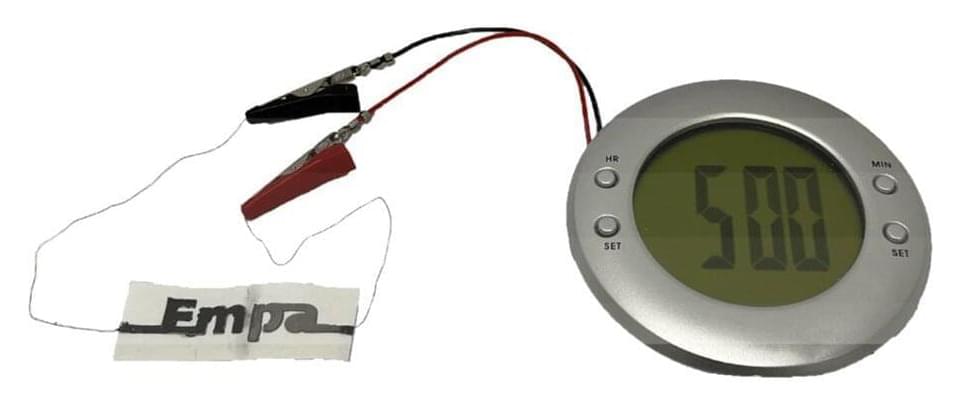Elon Musk, often known to break the Internet by his statements or acts recently tweeted what seemed like a futuristic invention. Being one of the wealthiest people on the planet was not enough for the CEO of Tesla as he thought two of his brains would be better. One would always wonder how a brain can be transferred into a man-made machine, but with his recent tweet, Elon Musk confirmed he copied his brain to the machine and talks to his digital version.
A recent tweet by Shibetoshi Nakamoto, known as the creator of Dogecoin with an account named, @BillyM2k asked, “If you could upload your brain to the cloud, and talk to a virtual version of yourself, would you be buddies?”. In the second continuation of the tweet, the user posted, “would be cool to have a competitive game buddy of approximately the same skill level. Except he would be a computer and have infinite time so I would more just see him get better at everything while I am busy with dumb life things.”






